Montgomery on the Alabama River
The first in a series about sightseeing in the US capitals
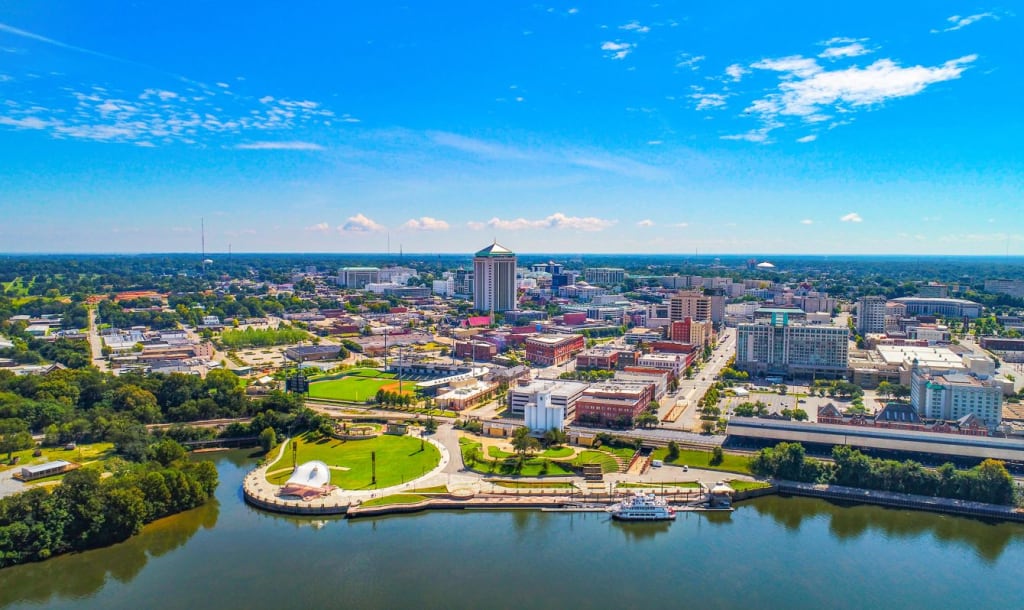
Montgomery is the capital of Alabama. It is located in the center of the state on the east bank of the Alabama River. The city sits on seven hills overlooking the river.
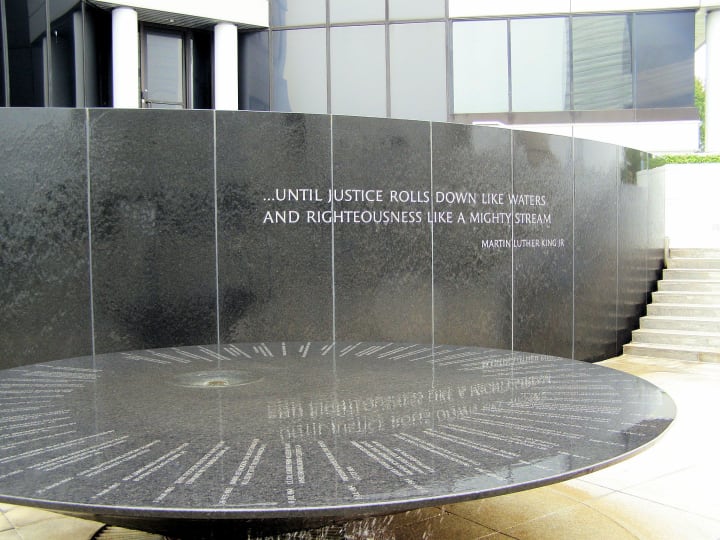
The Civil Rights Memorial commemorates all those who died during the Civil Rights Movement. A black granite wall has the words “until justice rolls down like waters and righteousness like a mighty stream”. Water flows over a black granite disc and the names of those who died fighting for civil rights have their names engraved upon it, At the Civil Rights Memorial Center you'll find exhibits and educational displays. The Wall of Tolerance has the names of visitors who have pledged to work toward tolerance and justice. Names can be added and will then be digitally displayed on the wall.
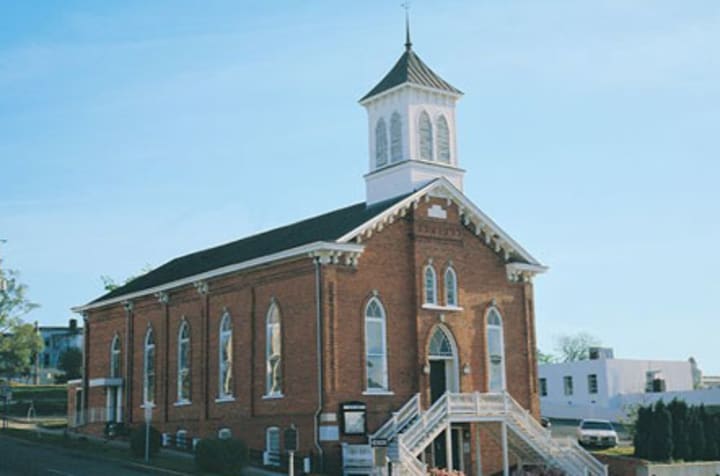
The Dexter Avenue King Memorial Baptist Church was founded in 1877 on the site of a slave trader’s pen. Reverend Dr Martin Luther King, Jr. served as pastor here from 1954 through 1960. A mural inside the church features Dr Martin Luther King, Jr’s journey from Montgomery to Memphis. The nine-room parsonage was home to the King family during that time. The Dexter Parsonage Museum is on the National Register of Historic Places. There is an interpretive center with exhibits, photos, and timelines about the Civil Rights Movement in Montgomery.
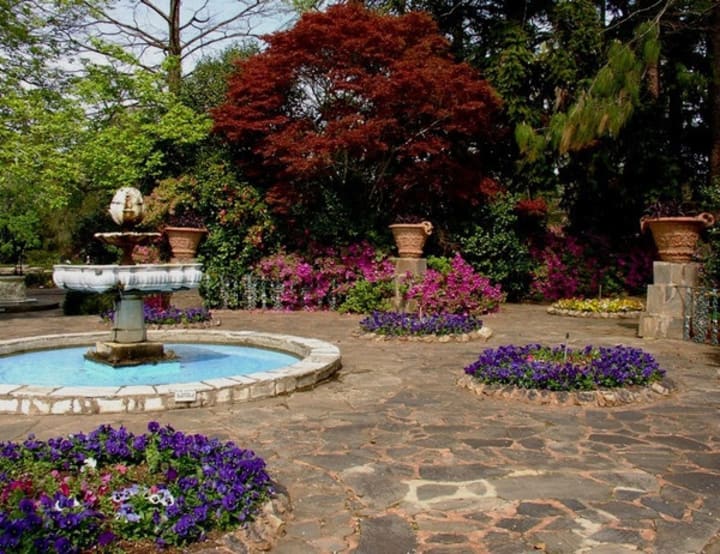
Behind the museum, you’ll find the King-Johns Garden for Reflection.
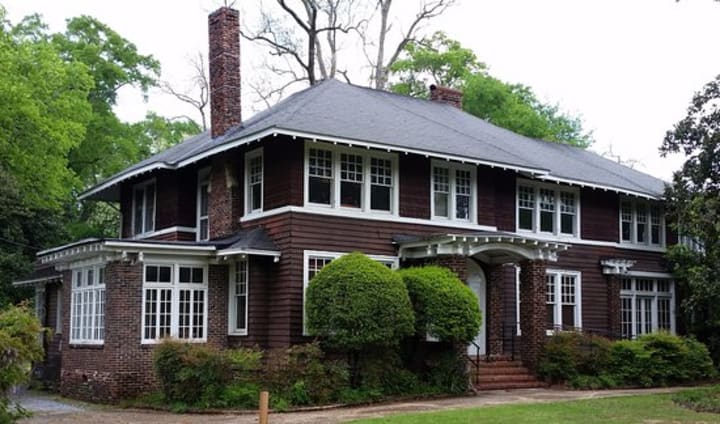
The Scott and Zelda Fitzgerald Museum is the only museum in the world that is dedicated to author F. Scott Fitzgerald who is best known for his novel “The Great Gatsby” and his wife, Zelda, an icon of the 1920s and the founder and star of the “Flapper Movement”. She grew up in Montgomery. In 1931 the couple moved to the brick and clapboard house in the Old Cloverdale neighborhood. The house was turned into a museum in 1986. You can see photos, letters, books, and personal possessions and memorabilia that once belonged to the Fitzgeralds.
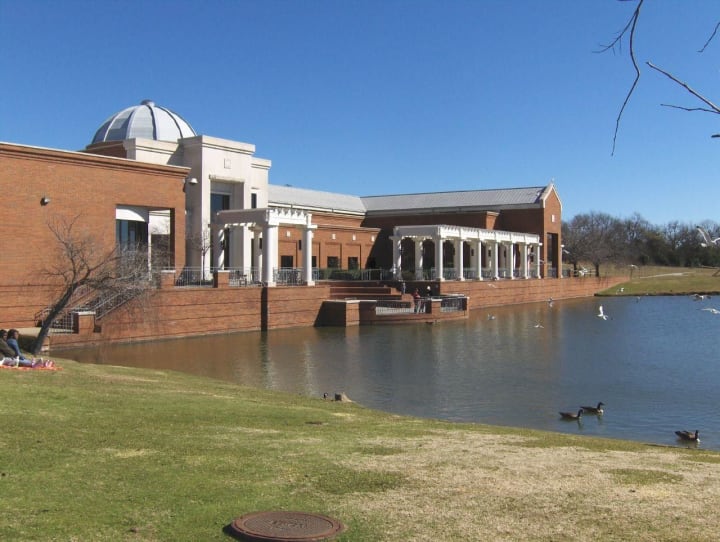
The Montgomery Museum of Fine Arts has a permanent collection of more than 4000 artworks. You can see American art from the 1700s to the present. The museum has drawings, watercolors, etchings, woodcuts, and engravings from well-known American artists like Winslow Homer and John Marin. There is also European art and African art. The museum plays host to traveling exhibits and educational programs.
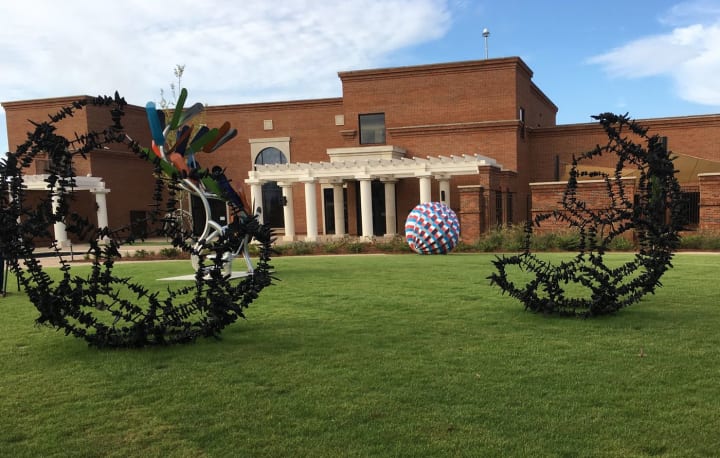
The John and Joyce-Caddell Sculpture Garden has works of art to admire surrounded by the beauty of nature.
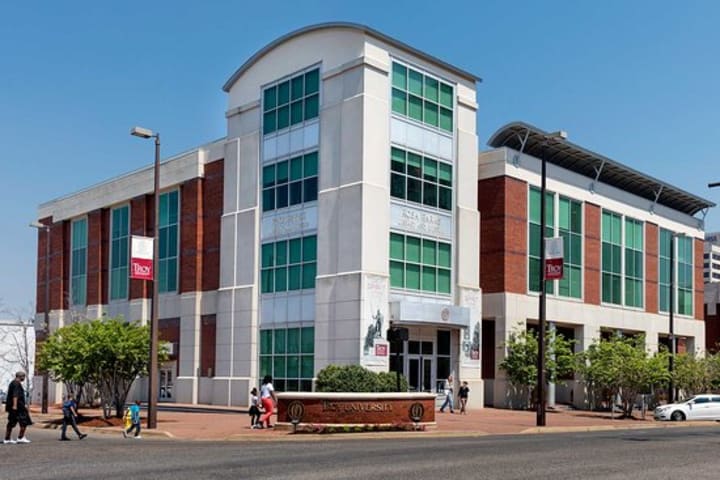
The Rosa Parks Library and Museum is located near the site of Rosa Parks's arrest after her legendary stand against segregation. Among the historic artifacts on display are the 1955 Montgomery city bus and one of the station wagons used by the boycotters during their movement to end segregation on public transportation. You can also see photos, court documents, and Rosa’s original fingerprints after her arrest. Visitors can learn about the social and political climate of the 1950s in the city and can hear the personal stories of the Montgomery Bus Boycott. The museum hosts special events, educational programs, and traveling exhibits all throughout the year.
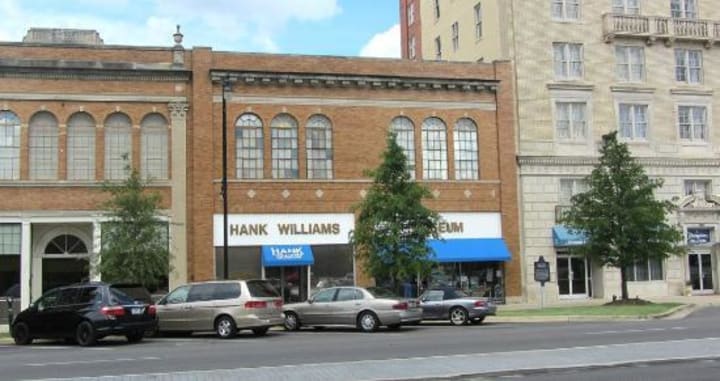
The Hank Williams Museum commemorates one of country music’s famous stars. You can see an extensive collection of Hank William’s personal belongings among them his powder-blue 1952 Cadillac. Memorabilia also includes a variety of awards, sheet music, autographed vinyl records, and photos.
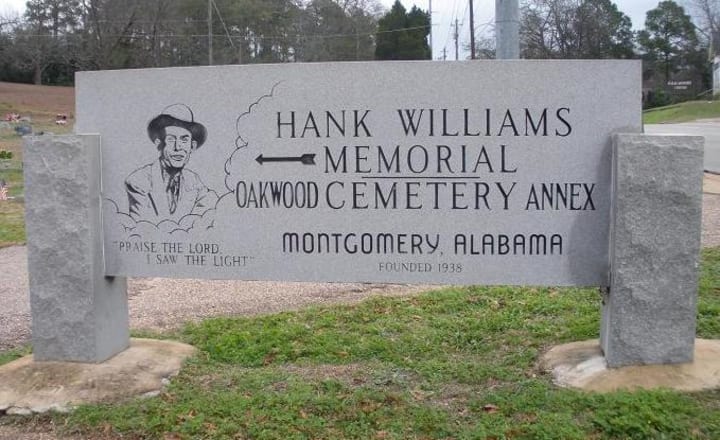
There is also the Hank Williams Memorial at Oakwood Annex Cemetery which is the singer’s final resting place with his wife and other family members.

Montgomery Zoo has a large variety of animals from all over the world. The Australian Habitat is home to animals like kangaroos and wallabies. Among the African animals are cheetahs, elephants, hippos, and giraffes. At the Asian Habitat are the endangered Sumatran tiger and Indian rhino. The South American Exhibit has the emerald tree boa, Chilean flamingo, frogs, and the endangered golden lion tamarin. The North American area includes bald eagles, bison, and black bear. There is a petting zoo for children. Enjoy the birds at Parakeet Cove.
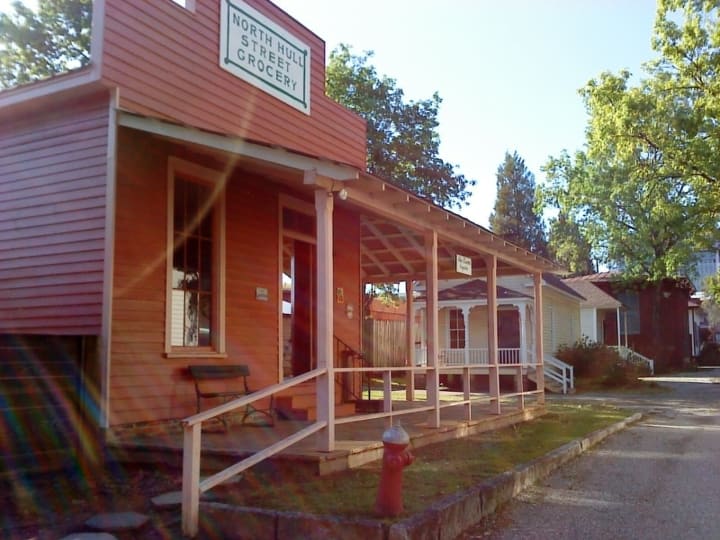
Old Alabama Town has more than 50 historic homes and buildings that have been restored and are open to the public. They are all authentically furnished to represent life in 19th and early 20th-century Alabama. Interpreters are available to answer questions. The centerpiece is the Ordeman House. Other impressive buildings include the 1895 Adams Chapel School, the 1892 Corner Grocery Store, and the Ware-Farley-Hood House built around 1850.
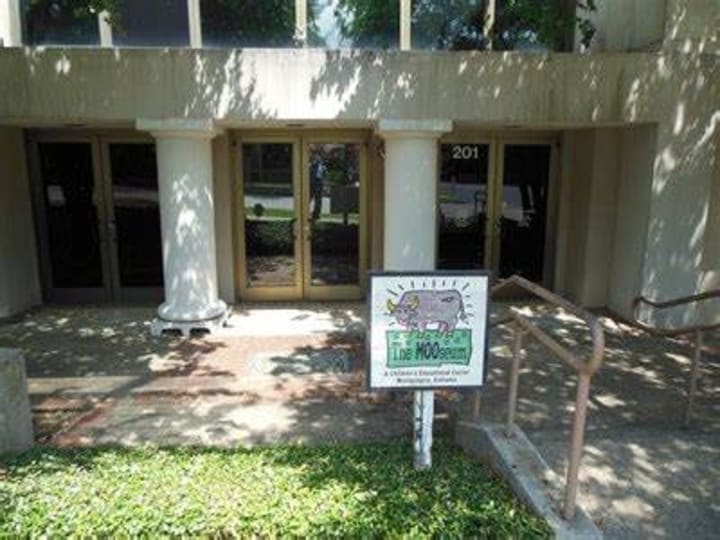
The MOOseum is popular, especially with young children. Here visitors learn about the cattle industry in Alabama starting from 1495 to the present. Visitors learn from timelines, historical exhibits, and video presentations. Kids have the chance to dress up as cowboys and cowgirls.
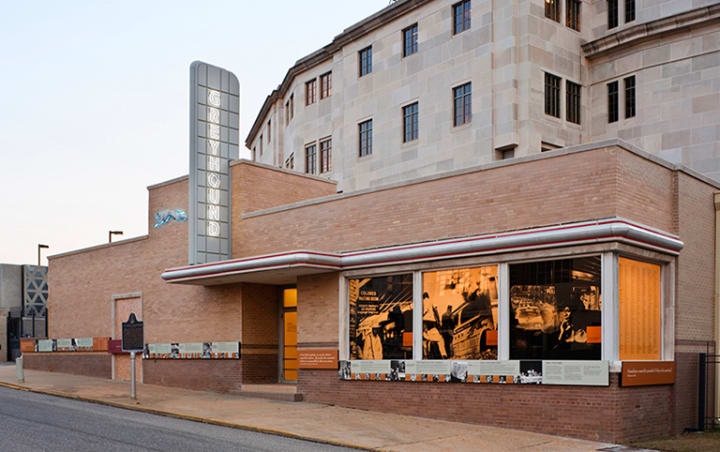
The Freedom Riders Museum is housed in the former Montgomery Greyhound Station where history was made as the Freedom Riders got off their bus on May 20th, 1961. The station looks like it did back in 1961 and has a collection of exhibits about the movement including photos, documents, and biographies of the brave young men and women. This museum is an official stop on the U.S. Civil Rights Trail.
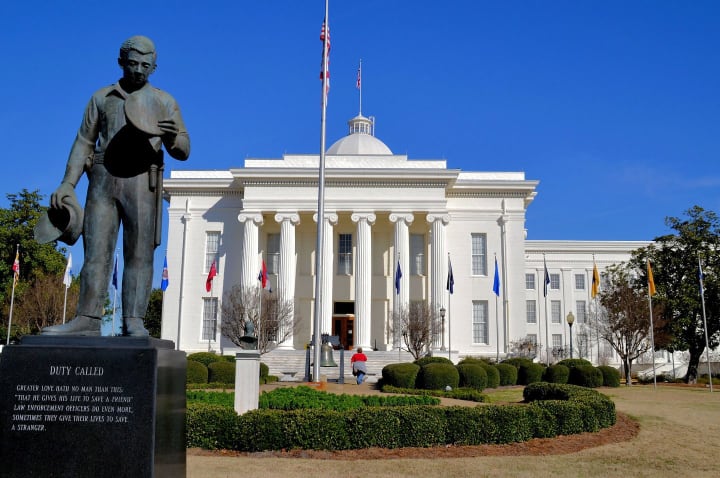
Alabama State Capitol was built in the Greek Revival style after the original was destroyed in a fire in 1850. This historic building also served as the Capitol of the Confederacy during the Civil War and was the backdrop for one of Dr Martin Luther King Jr’s most famous speeches delivered at the end of the Selma to Montgomery march for voting rights. It is a National Historic Landmark and a destination on the U.S. Civil Rights Trail. You can tour the Senate and Old Supreme Court Chambers, the House of Representatives and the Rotunda. Among the highlights are the historic murals in the Rotunda and the Trompe l’oeil paintings on the Senate Chamber ceiling. Take the time to stroll the gardens and see the statues.
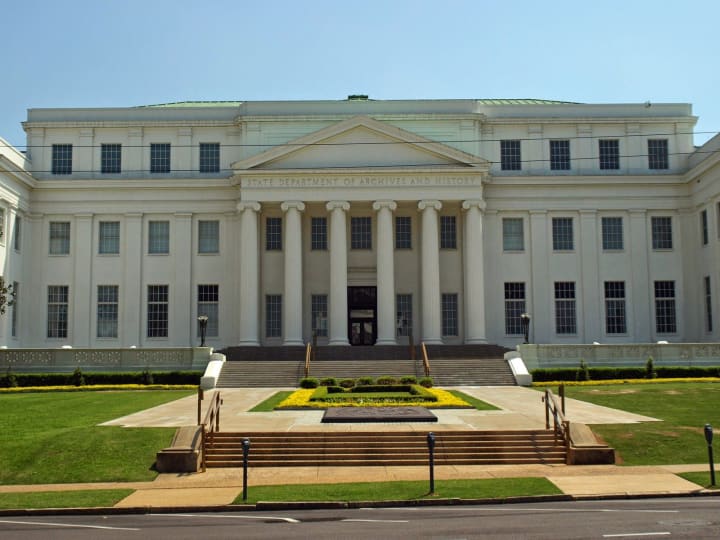
The State Archives and History Museum lets you explore the history of Alabama through artifacts and historic documents. There are Native American and pioneer artifacts and a selection of Civil war items. Multimedia presentations show various moments in Alabama's history.
The State Archives were founded in 1901 as the first state archival agency in the nation. The impressive building features marble walls and staircases of Tennessee gray marble and Alabama white marble. On the second floor, you’ll find a room that has been dedicated to former Vice President William Rufus King. It displays his personal furniture, silver, china, and some clothing. Documents let you take a look at this man and the period he lived in.
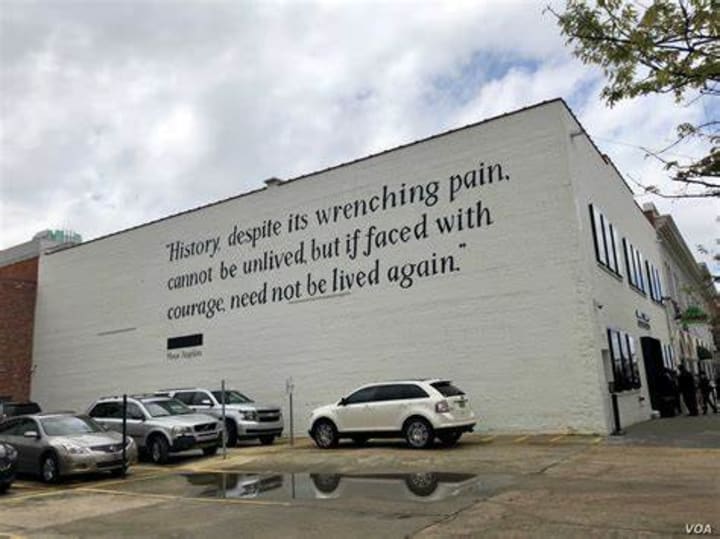
The Legacy Museum is dedicated to the preservation of the history of racial injustice and bringing the many aspects of it to public awareness. The museum stands on the spot where thousands of slaves were once warehoused waiting for their fates to be decided.
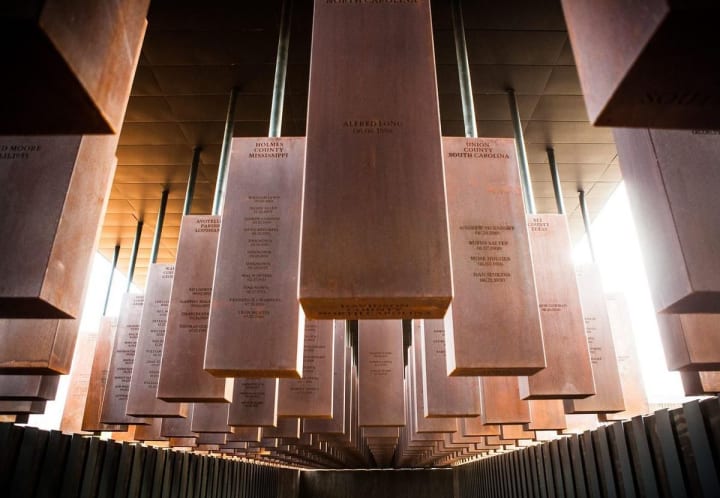
The National Memorial for Peace and Justice is just a 15-minute walk from the museum. This is the first memorial made for the memory of African Americans who were affected by slavery, lynchings, and racial injustice. The memorial includes sculptures, monuments, and artwork, which honor major figures in the Civil Rights Movement. The most impressive is the field of 800 monuments that each represent a county where lynchings occurred and are engraved with the names of the known victims. The monuments are waiting to be claimed by their respective counties to acknowledge a dark past that will lead to a brighter future.
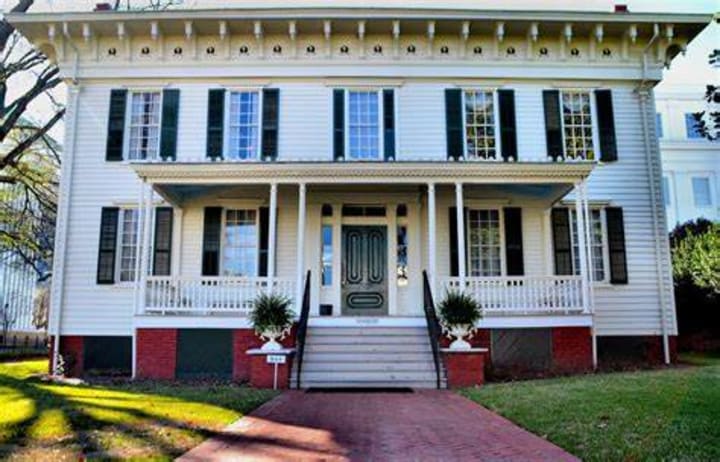
The First White House of the Confederacy is a lovely Italianate mansion that served the Jefferson Davis family in 1861. At that time Montgomery was the capital of the Confederacy and Jefferson Davis was the president. The house became the social center of the South. The house was built near the Alabama River and moved to its present location and opened to the public in 1921. You can see many of the Davis family's personal possessions, furniture, and artwork. It is listed on the National Register of Historic Places.
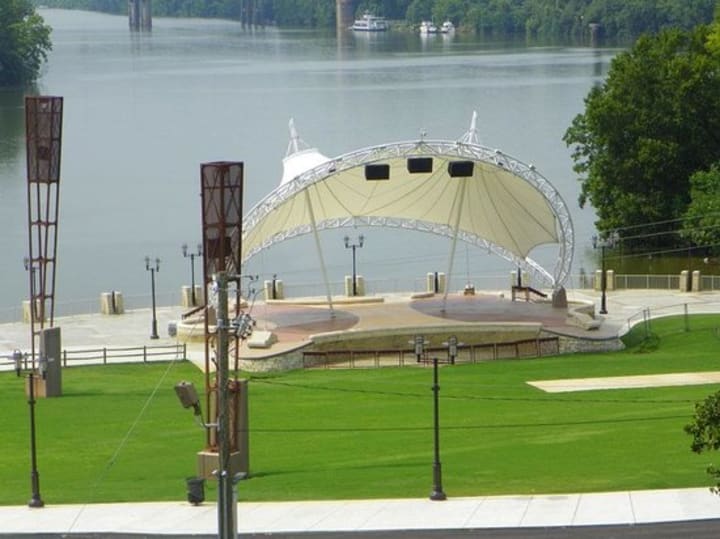
Riverfront Park sits on the banks of the Alabama River surrounded by the Union Station Train Shed, Amphitheater, and the Harriott II Riverboat. It is a popular park that has a boat ramp for those who want to get out on the river, lovely paved hiking and biking trails, places for picnics, a children’s playground, baseball in Riverwalk Stadium, kayaking, fishing, and more. The Amphitheater hosts events like concerts and plays.
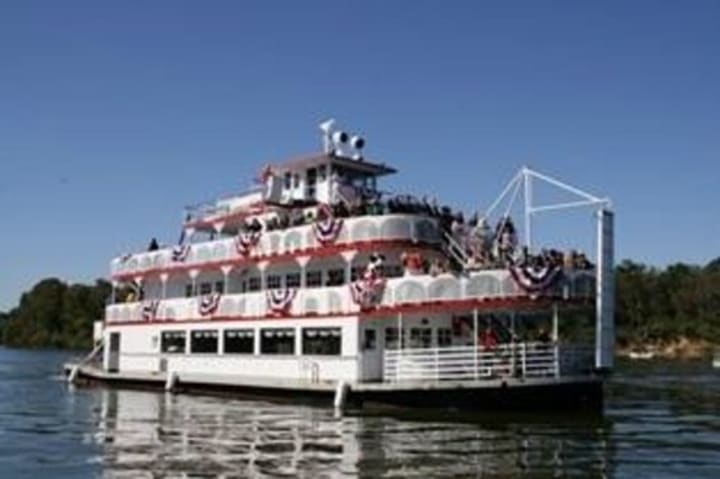
To get to see the city and enjoy the surrounding area take a ride on the Harriott- II Riverboat. This is a restored 19th-century riverboat that offers rides including dinner, dancing, and live shows. The park is often the background for fireworks displays.
About the Creator
Rasma Raisters
My passions are writing and creating poetry. I write for several sites online and have four themed blogs on Wordpress. Please follow me on Twitter.






Comments
There are no comments for this story
Be the first to respond and start the conversation.